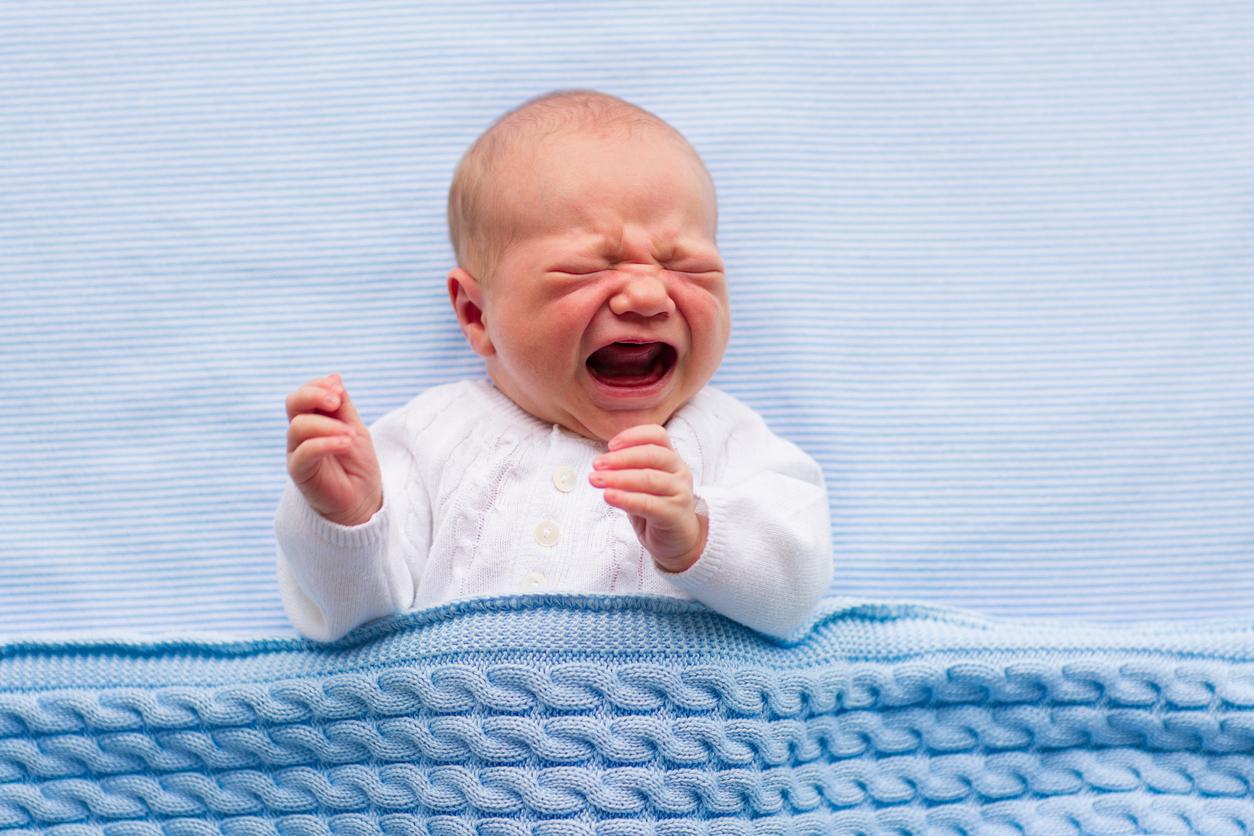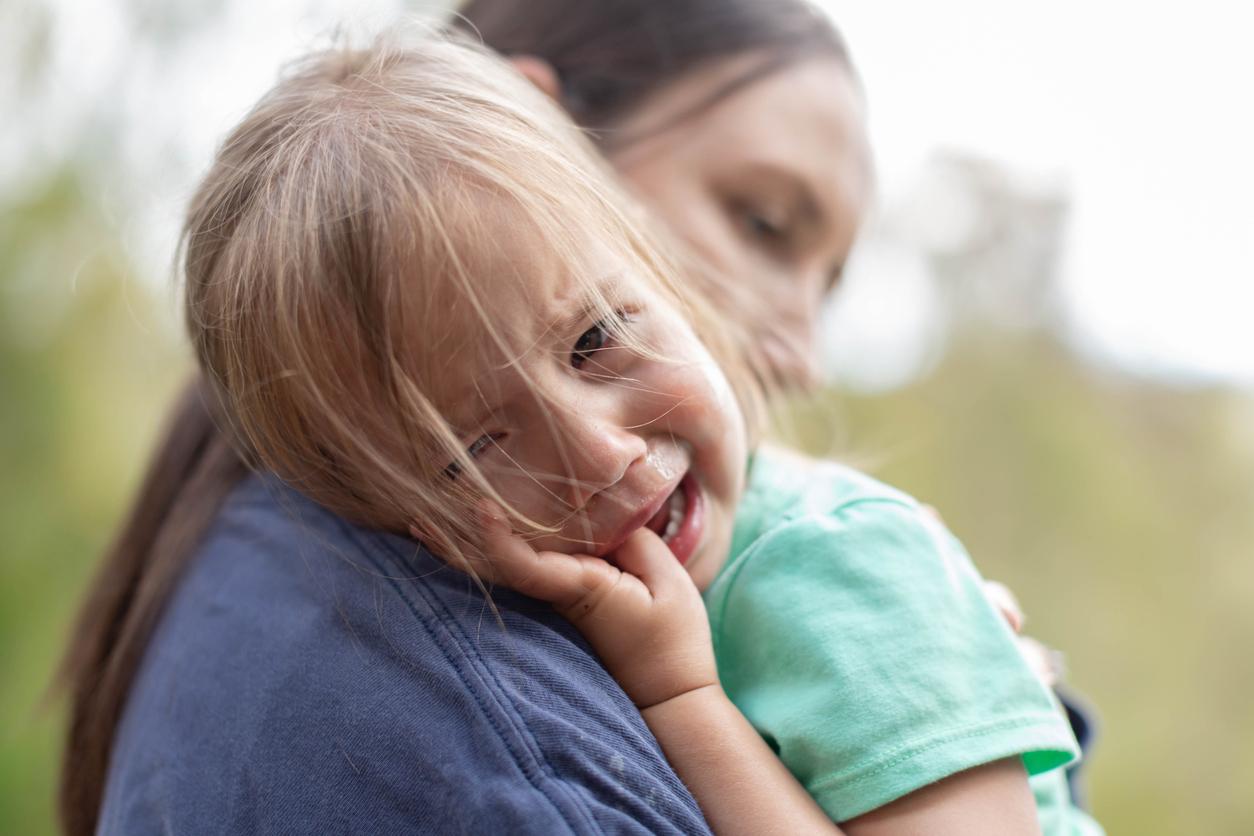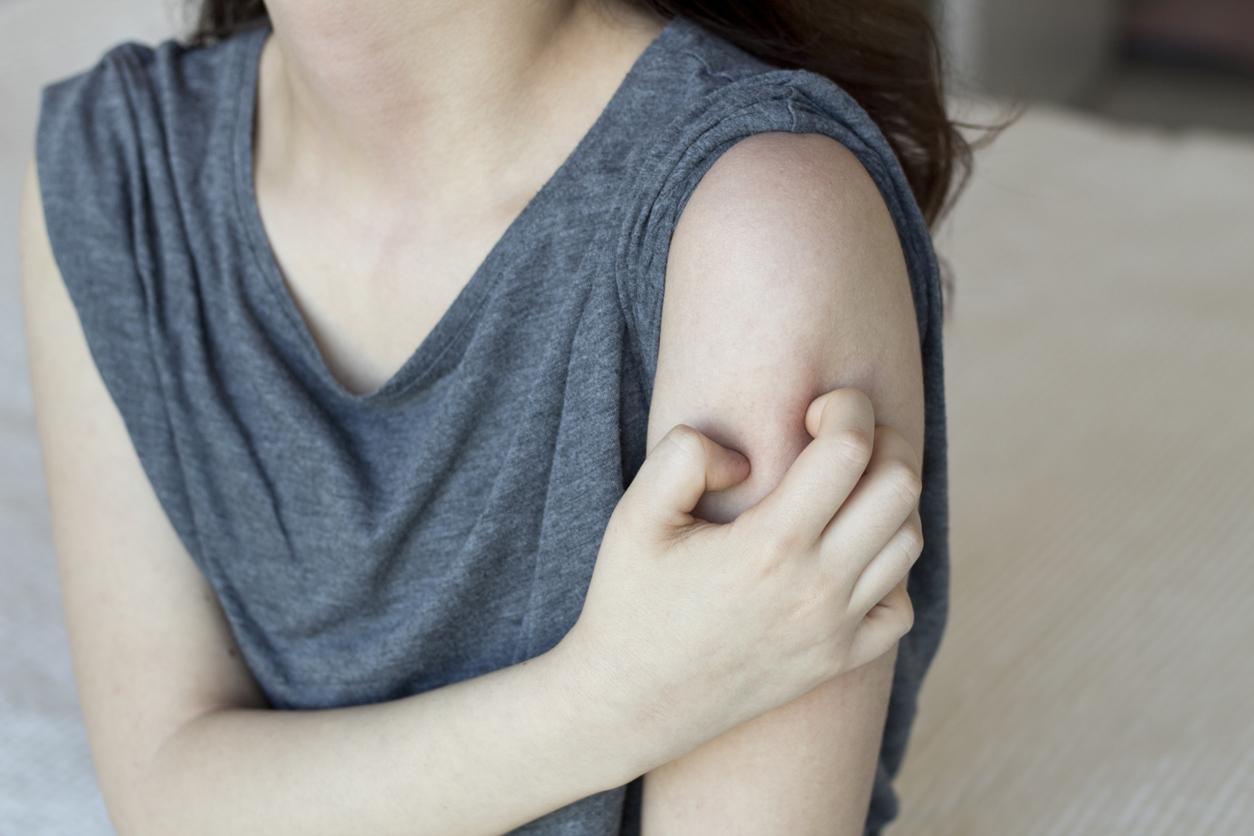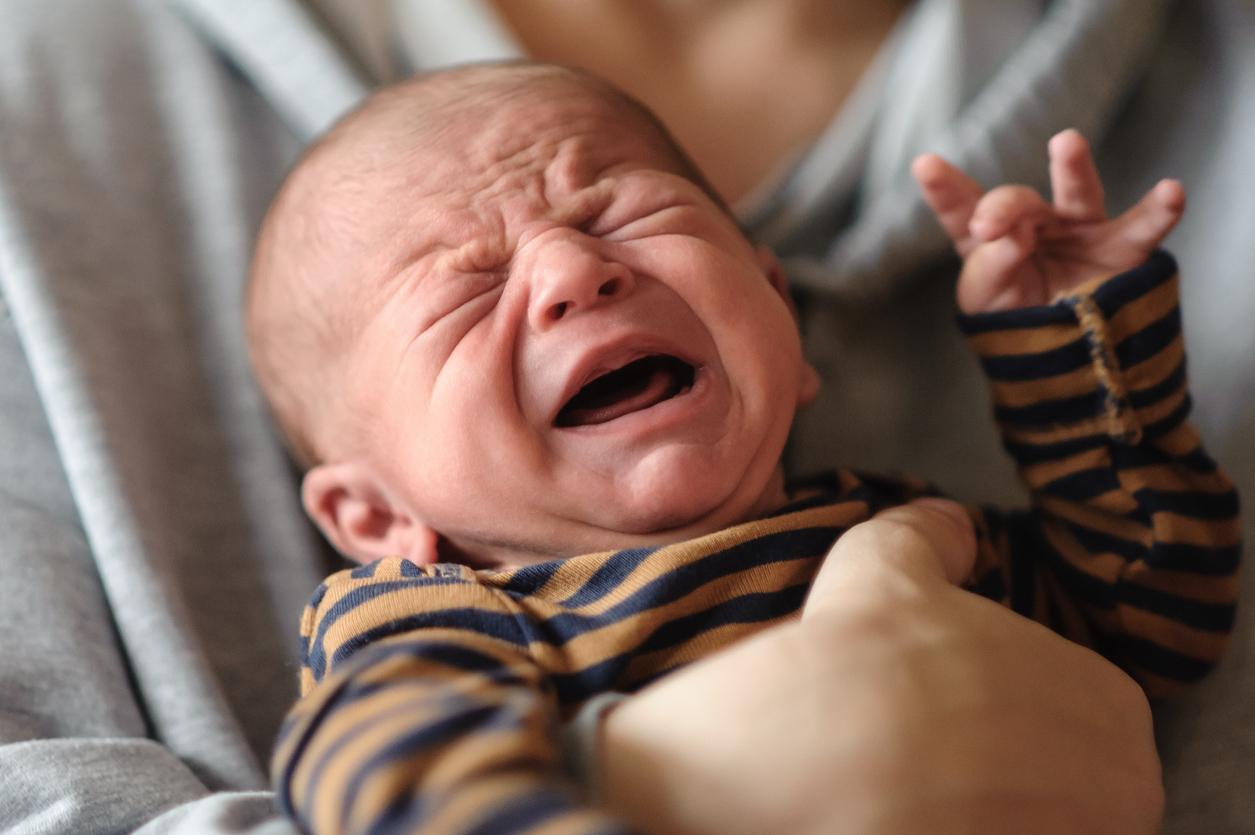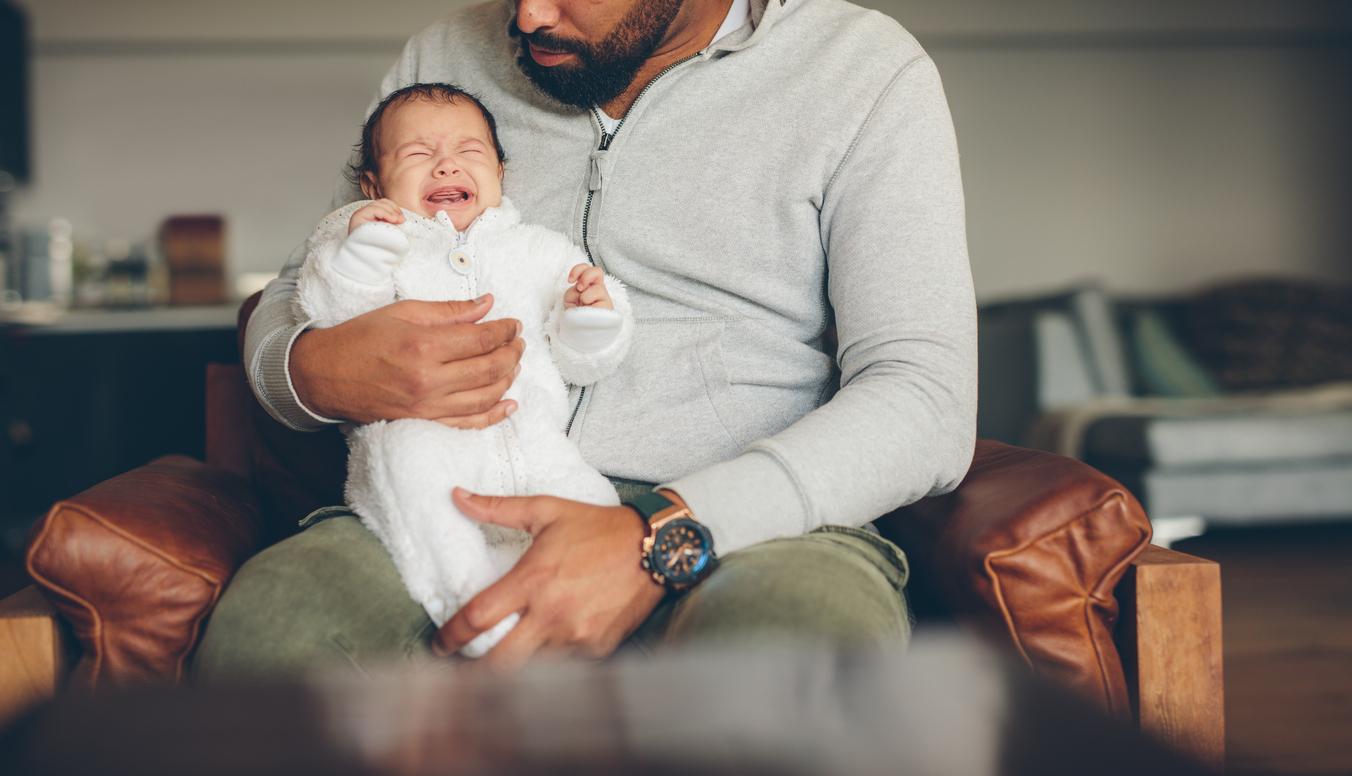This abuse can cripple children for life, and worse, kill them. To prevent it, HAS recommends supporting families and childminders.
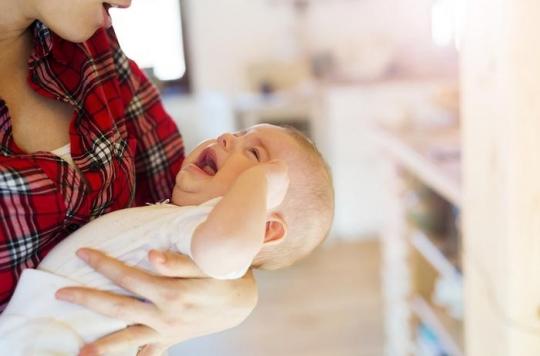
At the end of their rope, exhausted by the tears of an inconsolable child, parents or nurses can commit the irreparable. Each year, between 180 and 200 children are said to be victims of this abuse. Between 10 and 40% of them die as a result of this head trauma or have serious after-effects.
But these figures would certainly be underestimated, because the diagnosis of this syndrome is complex, notes the High Authority of Health (HAS) which publishes new recommendations intended for health professionals, as well as advice for families and childminders to prevent this abuse.
By violently shaking the baby, the sloshing of the brain in the cranium tears the veins located on the surface of the brain and causes head trauma. The shock is such that a subdural hematoma similar to that seen after a car accident appears. Eye or spinal cord damage may also be seen, as well as brain atrophy.
Shaken baby syndrome primarily affects boys under one year of age, and most often under 6 months. “Because of its early onset and its repetitive nature, SBS constitutes one of the most serious child abuse”, underlines the HAS.
Mandatory reporting to justice
The HAS recommends systematically looking for these signs of shaken baby syndrome in an infant with intracranial hypertension, a motor deficit or even bruises on the body. In addition to a complete clinical examination, a CT scan and a brain MRI make it possible to make a diagnosis. “In case of suspicion, the child must be hospitalized urgently”, insists the health agency.
When shaken baby syndrome is mentioned, doctors are also required to report to the public prosecutor. The HAS recommends that a first meeting of at least two doctors take place before notifying the justice. Failure to report leads to criminal penalties, specifies the HAS.
Better support parents and professionals
The agency also issues recommendations to prevent this abuse. It advocates in particular awareness and information campaigns on shaken baby syndrome and its dangers “aimed at all people in contact with babies”. These campaigns could send a simple message: “If the child is crying and you can’t take it anymore, your best bet is to lay him on his back in his bed, leave the room, and then ask for help.”
In addition, “it is important to implement appropriate aid to parents who request it or to offer it to them”, indicates the HAS which cites, in particular, the use of home visits by the PMI Centers.
The departmental councils, which issue approvals to childminders, are also strongly encouraged to set up training courses for these childcare professionals. LA HAS also asks these bodies to offer “attentive listening in the event of difficulty in the face of a difficult or crying infant”.
.







